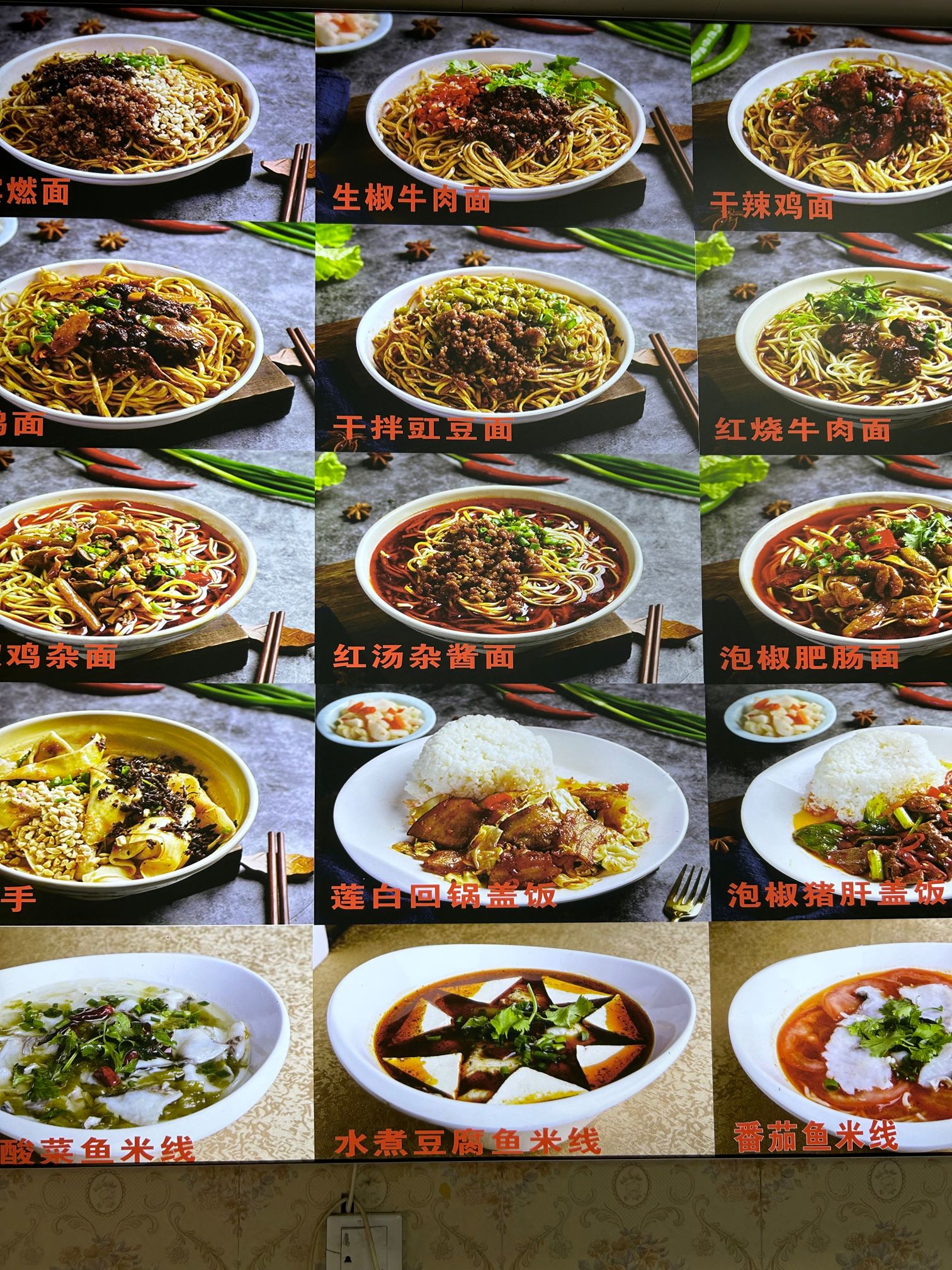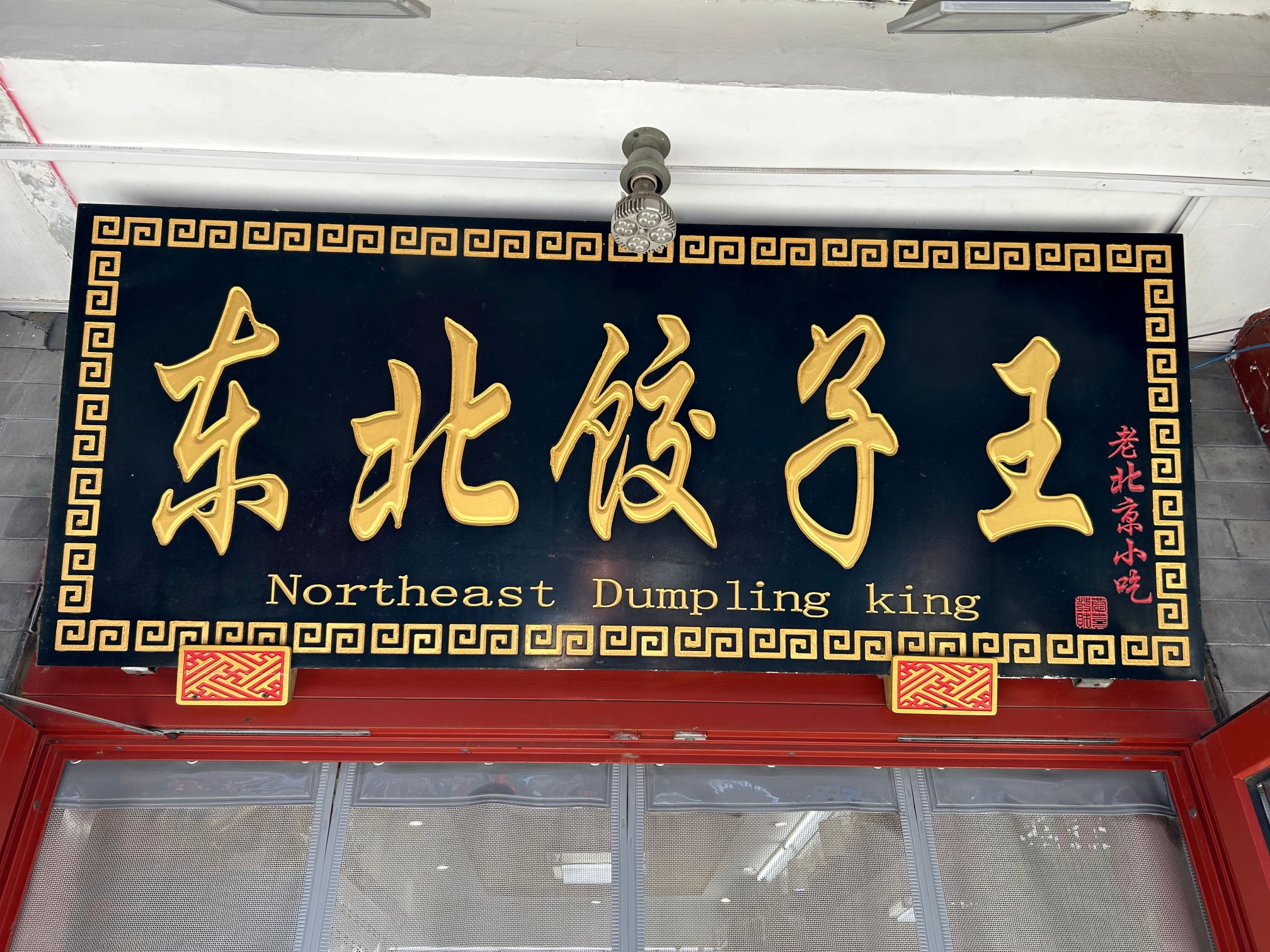Exploring the Culinary World of the Philippines
Through time the Philippines have been colonised by many countries ; Spain, China, America and Malaysia. Making Filipino cuisine an exciting fusion of indigenous tastes. Balancing three primary flavours: sweet, sour and salty Filipino cuisine creates a vibrant tapestry of flavours. Incorporating garlic, bay leaves and black pepper and an array of sawsawan (dipping sauce) rooted in soy sauce, onions and chillies, every meal from savoury to sweet unlocks different elements of Filipino culture.
The Golden Standard: Adobo
Our journey begins with a dish regarded as ‘the unofficial national dish’ Adobo. A well-known dish made with chicken, pork, or even seafood is cooked in a savoury combination of soy sauce, vinegar, garlic, bay leaves, and black peppercorns. Left to marinate overnight we allow the flavours to infuse the meat. The dish is then simmered until the meat becomes tender and absorbs the flavours of the marinade. Resulting in a rich, piquant dish. Depth and umami come from the soy sauce while the vinegar adds an extra punch with its sour taste. Accompanying this dish with steamed rice adobo is a delicious savoury dish.
Each region puts its unique twist on Adobo - my Aunties Rabbit Adobo shown here. Simply delicious.

Symphony of sourness: Sinigang
For those seeking a contrast to Adobo's rich flavours, Sinigang is a must-try. The perfect harmony of sweet, sour and umami is the key to making sinigang so memorable. The main ingredient that gives Sinigang its characteristic flavour is tamarind. However, depending on the region, other ingredients like calamansi, green mangoes, or tomatoes may also be used to provide the sharp sour taste.
To prepare Sinigang, a variety of vegetables are added to the broth, including radish, kangkong (water spinach), eggplant, bok choy and okra. Resulting in a colourful and wholesome mixture! To boost the flavour profile, meat and seafood such as pork belly and shrimps are added.
The end result is a delightful, sour soup both refreshing and comforting. The sourness is tempered by the natural sweet profile of the vegetables making the dish a harmonious medley of flavours. Served with a fish/squid sawsawan (dipping sauce), complimenting the sour dish with its salty flavour profile. Often served with an extra kick of chilli this meal is perfect when you're feeling under the weather in the tropical heat.

The crown jewel of Filipino celebrations:
Lechon is a labour of love and an art form in Filipino cuisine. A whole pig seasoned with salt, pepper, onion, spring onions, bay, garlic, lemongrass and roasted over a charcoal spit resulting in a delicious dish. The meat gains flavour, slowly being roasted for hours over an open flame after being seasoned. Creating a magnificent spectacle of crispy, golden-brown skin crackling that envelops the whole pig. The meat underneath is succulent and rich in flavour from the aromatic herbs and spices. Often served alongside a complimentary bottle of 'Mang Tomas' all-purpose sauce—spicy and slightly sweet, a beautiful combination. When cooked from the heart by a fellow Pinoy it's guaranteed to be the best crackling you have eaten!

A Dessert Extravaganza: Halo-Halo
Halo-halo, which translates to "mix-mix" in Filipino, truly lives up to its name. It's a tasty mashup of flavours and textures. A variety of ingredients, including sweetened fruits (such as jackfruit, banana, and coconut), jellies, sweet potatoes, and beans (such as kidney or garbanzo) are displayed on top of a mound of shaved ice. The dessert is finished off with a scoop of ube ice cream, drizzles of evaporated milk and leche flan (caramel custard). Intended to be mixed together by anybody who is lucky enough to try this dessert! The combination of creamy textures, sweet flavours and refreshing nature of the ice is what sets Halo-Halo apart from the typical ‘99’ cone’ you’re used to on a sunny day. It is a popular Filipino dish because each spoonful is a joyful surprise. Sweet tooth, who?

Street Food Delights:
In the Philippines, no food journey would be complete without trying some street cuisine. No doubt on a hot evening in the Philippines you’ll see many families bustling around the street food vendors and their selection of delicacies! From Balut, a fertilised duck egg with a partially developed embryo to skewered and grilled chicken or pork intestines . Freshly cooked that day, these unique treats offer a glimpse into the diverse and bold flavours of Filipino street cuisine that you didn’t know you needed, but you can’t live without!
Honourable mentions:
The famed Sisig of Pampanga.
Sisig is a culinary treasure that emerged in the Pampanga region. Invented by Lucia Cunanan (also known as "Aling Lucing,") in the 1970s. Lucing's innovative spin on grilling leftover pork parts (head, cheeks, ears and sometimes variations using cuts such as hog belly or chicken) marks the origin of this iconic dish.
Sisig's flavour profile is a dynamic and tantalising combination! The grilled pork has a strong Smokey flavour contrasted by the calamansi juice which lends a vibrant and spicy tang. The chopped onions add a crisp crunch, while the chilli peppers add a mellow heat that aptly tickles the taste-buds. Served sizzling on a plate, the addition of a cracked egg, the crowning glory, gives it a creamy and velvety texture. Ouch.

Cracking Bananas: Banana Cue
A combination of the words "banana" and "queue," "banana cue" simply comes from the combination of the words banana and barbecue. Typically Saba bananas are used for these, a speciality cooking banana known for their firm texture and sweet flavour.
The caramelization process is where banana cue's magic is found. Deep-frying the skewered bananas results in a deep golden brown coloration. After they are cooked, they are covered in caramelised brown sugar, which cools to form a crispy, sweet shell.
The flavour profile of banana cue is a sweet sensation of sugar. The bananas themselves become tender and the caramel coating adds a satisfying crunch and syrupy flavour. It's a harmonious combination that makes banana cue an irresistible treasure.
The best dish of them all: Filipino hospitality.
While the food in the Philippines is undeniably remarkable, so is the warmth and hospitality of the Filipino people. Prepare to be welcomed in by the locals and invited to eat at every possible opportunity! The friendly interactions are what make the Phillipines feel like home to any tourist.

Thank you for joining me on my short but sweet tour of my favourite Filipino delicacies! In short, Filipino cuisine is a treasure mine of flavours and traditions just waiting to be discovered. The Philippines provides a culinary excursion unlike any other, from the renowned adobo to the delectable lechon and the sweet delight of halo-halo. So pack your luggage and prepare to sample the unique and wonderful flavours of this stunning archipelago. Your taste buds will reward you! There is simply no place like home. Amen.
Recent Posts

'Strange' Flavour in Sichuanby James on 12th March 2024
The incredibly hot and numbing food of Chongqing and Chengdu!
Read Full Post
Eaten all the 'Wheaten' Food in Beijingby James on 12th March 2024
A journey of discovery through the fabulous food of Northern China
Read Full Post








